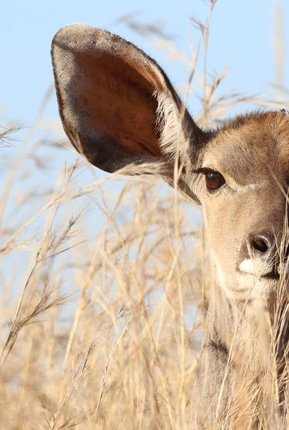
All Animals

The Deer: Graceful Wanderer of the Forest
The deer, a symbol of grace and tranquility, is one of the most enchanting creatures in the natural world. Found across various habitats—from lush forests and expansive grasslands to dense woodlands and even some urban areas—deer play a vital role in their ecosystems. Their elegance and adaptability make them fascinating subjects of study and admiration.
Deer are characterized by their slender, agile bodies, which are well-suited for navigating through dense vegetation. They possess long, powerful legs and sharp hooves that enable them to move swiftly and quietly through their environments. The most distinctive feature of many deer species is their antlers, which are typically present in males. These antlers are used during the mating season for battles with rival males to establish dominance and secure mating rights. Each year, deer shed their antlers and grow a new set, which can vary in size and complexity depending on the species.
Females, known as does, are usually smaller than males and do not have antlers. They are crucial to the survival of the species, as they are responsible for raising the young. Deer typically give birth to one or two fawns each year, which are born with spotted coats that provide camouflage in their natural habitats.
Deer are herbivores with a diet that varies depending on their habitat and the time of year. They primarily feed on leaves, fruits, nuts, and grasses, adjusting their diet according to seasonal availability. Their feeding habits play an important role in their ecosystem by influencing plant community composition and providing a food source for predators.
The social behavior of deer varies among species. Some deer, like the white-tailed deer of North America, are known for their solitary nature, especially outside the breeding season. Others, such as the red deer of Europe, form larger herds, which offer protection against predators and facilitate social interactions.
Despite their adaptability and resilience, deer face various challenges. Habitat loss, hunting, and vehicle collisions pose significant threats to their populations. Conservation efforts are crucial to managing deer populations sustainably and protecting their habitats. Wildlife management practices, such as regulated hunting and habitat restoration, are essential to ensure that deer populations remain healthy and balanced.
In many cultures, deer have been revered as symbols of grace, gentleness, and renewal. They appear in folklore, mythology, and art, often representing a connection to nature and the spiritual realm. Their presence in various ecosystems highlights the importance of preserving natural habitats and maintaining biodiversity.
In conclusion, the deer, with its elegance and adaptability, remains a captivating figure in the natural world. Its role as both prey and grazers underscores its significance in maintaining ecological balance. By supporting conservation efforts and fostering a deeper appreciation for these graceful creatures, we contribute to the preservation of their habitats and the health of our planet’s diverse ecosystems.
